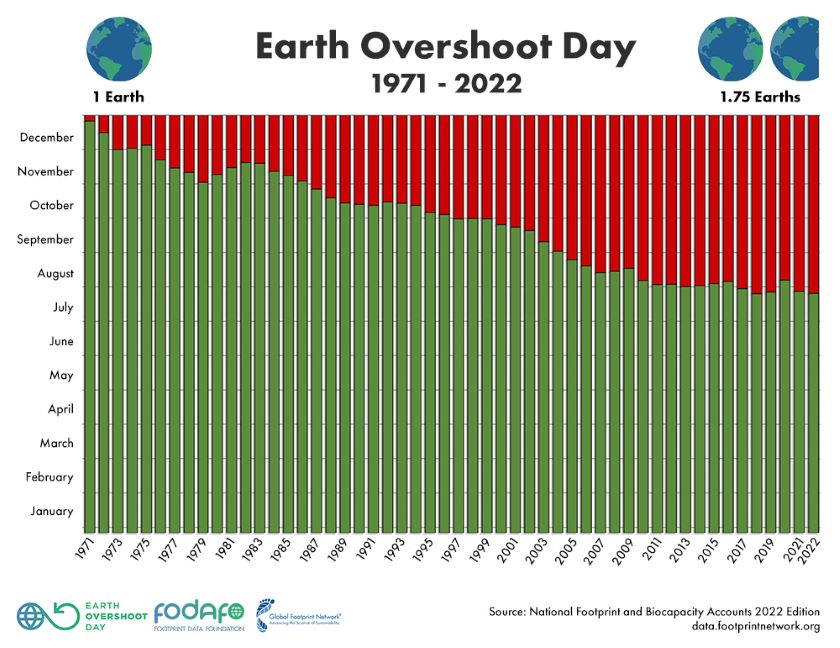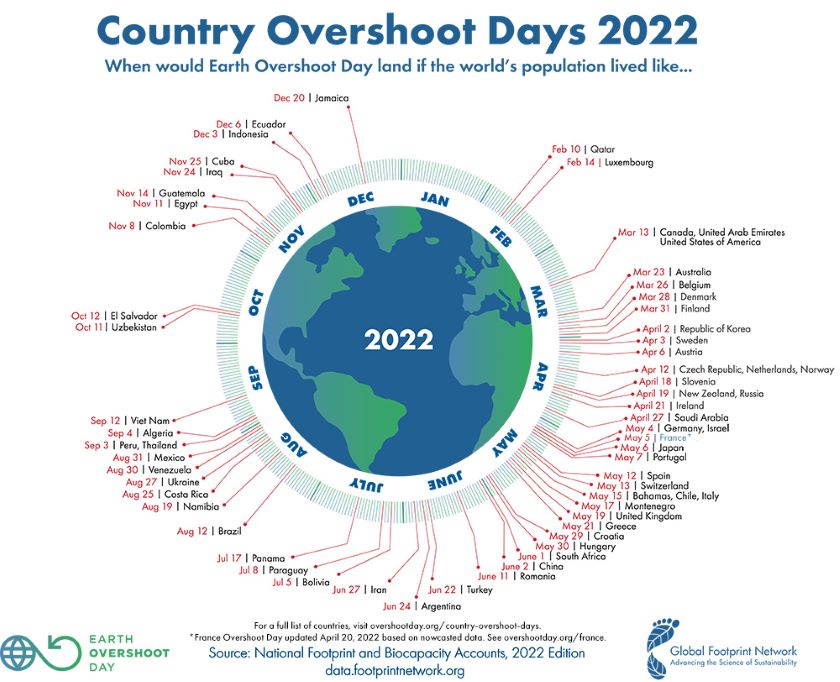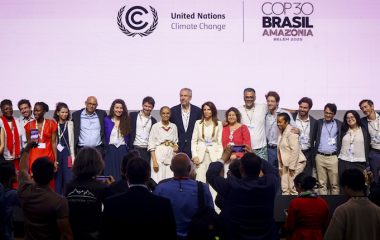
Photo: iStock
The Earth Overshoot Day for 2022, the date when humanity spends all the planet’s renewable resources for one year, lands on July 28. Almost all Southeastern European countries have poorer performance in this respect than the global average. Slovenia reached its overshoot day on April 18. Serbia will be in the red from July 8, and only Albania has a national overshoot day after the global date.
Earth Overshoot Day marks the date when mankind has used up all the biological resources for the current year that the Earth can regenerate. This year, the date comes sooner than ever before, on July 28, one day sooner than in 2021, in line with the trend since the initiative and calculation started in 1971.

Southeastern Europe fares worse than global average
Humanity is currently using natural resources 1.75 times faster than the planet’s ecosystems can restore them. The environmental footprints of almost all Southeastern European countries are above the global average.
The environmental footprints of almost all Southeastern European countries are above the global average
Data for 2022 show that Slovenia has the first National Overshoot Day in the region, on April 18. Montenegro spent its resources on May 17, followed by Croatia and Bosnia and Herzegovina on May 29, and Cyprus on May 31.
Resource use is somewhat more sustainable in Bulgaria. Its date this year was June 9. Next are Romania, June 11, and Turkey, June 22. North Macedonia overshot its capacity on July 6, while in Albania the date falls on November 3, the latest in the Balkans.
Calculations show Serbia’s national Overshoot Day fell on July 8.
At the global level, Qatar was first, on February 10, while Benin is the closest to renewable resource use of all the countries included in the tally, as its Ecological Debt Day, as it is also known, is December 26.

Dates are reflecting discrepancies
Global Footprint Network (GFN), the organization that determines the Earth Overshoot Day, pointed out that the global imbalance is a reflection of the devastation of ecological resources and the accumulation of waste, but primarily the presence of carbon dioxide in the atmosphere. The date is determined through a scale of ecological footprint and biocapacity.
The biocapacity of one country consists of biologically productive land and water, while the ecological footprint is measured through a population’s demand for plant-based food, meat, and fish, fiber products, wood, as well as space for urban infrastructure and forests that absorb carbon dioxide emissions from fossil fuels, according to GFN.
The organization points out that halving carbon emissions in the energy sector would delay the global date by 93 days. The carbon footprint accounts for 61% of humanity’s ecological footprint.









Be the first one to comment on this article.